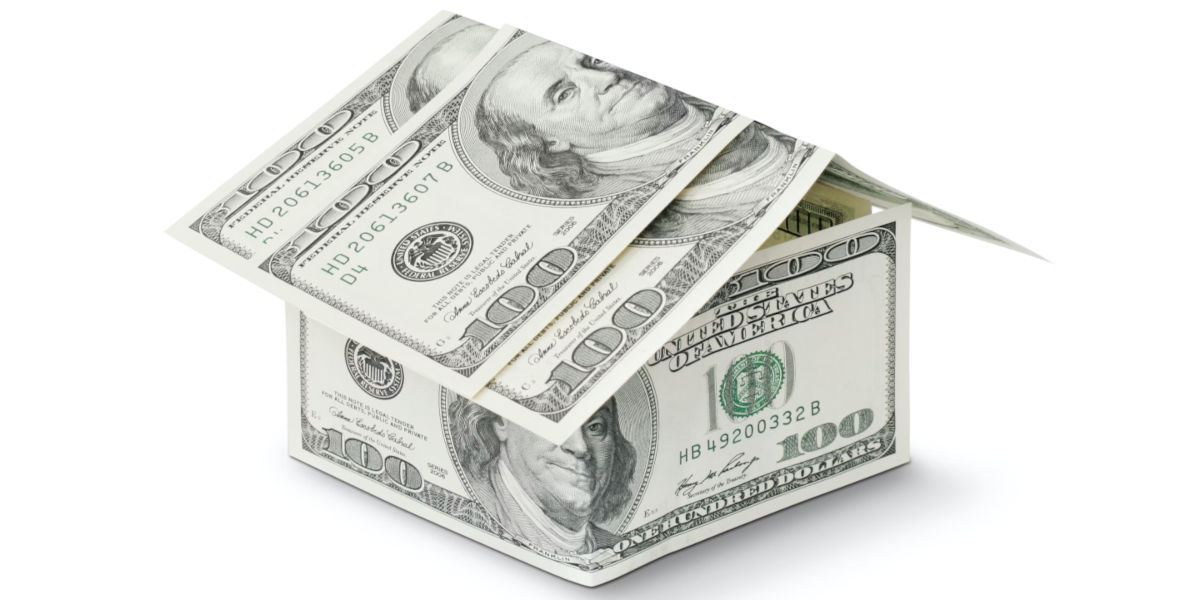As a budding or seasoned real estate investor, knowing how to maximize your returns is integral to running a profitable venture. While venturing into a real estate business may be lucrative, it could also lead to substantial losses if not well channeled. This is where understanding return on investment in real estate becomes imperative for any property investor serious about turning a profit.
The profitability of your property investment is often measured in terms of the Return on Investment (ROI). ROI allows investors to measure the efficiency of an investment and compare it with others. To make the most out of your real estate investments, it's crucial to understand the dynamics of the ROI equation and how to leverage it for maximum gains.
How to Calculate ROI in Real Estate
Before delving into the effective ways on how to calculate ROI in real estate, it's important to grasp the basic understanding of its definition. ROI refers to the percentage of invested money that's recouped after the deduction of associated costs. In real estate, the ROI is made up of potential rental income, appreciation, tax saving, and cost mitigation.
To calculate the ROI on a property, start with the annual rental income and subtract the annual expenses. This result is then divided by the total investment made (such as the down payment and closing costs), before being multiplied by 100% to get the percentage of the ROI. The formula is encapsulated as follows:
ROI (%) = [(Annual Rental Income - Annual Expenses) / Total Investment] * 100%
For example, if you have a property that brings in $12,000 annually with expenses that equate to $2,000 annually, and you've made a total investment of $100,000:
ROI (%) = [($12,000 - $2,000) / $100,000] * 100%
Would return an ROI of 10%. This simple calculation can provide a quick snapshot of the potential return on a real estate investment, but it's important to take other factors into account, including market conditions and property value appreciation over time.
Ways to Maximize ROI in Real Estate Investing
Now that the concept of ROI and how to calculate ROI in real estate have been adequately unpacked, the next critical stage is making knowledgeable investments that will fetch a substantial return. Here are some proven ways to maximize ROI in real estate investing:
Whether a seasoned investor or a beginner in the real estate business, understanding return on investment in real estate is a critical determinant of profitable property deals. With the continually evolving real estate market dynamics and fluctuations in prices, a thoroughly calculated ROI is that missing puzzle piece that can help you make the right investment decision.
The Basics of ROI in Real Estate
Return on Investment (ROI) is a performance measure used to evaluate the efficiency or profitability of an investment. In the context of real estate, ROI is the ratio of the property’s annual return to its cost. Simply put, this ratio aims to determine how much money you can make from the rental income vis-à-vis the cost of owning the property including purchase price, closing fees and renovation costs, etc.
ROI is commonly expressed as a percentage and can be either positive, indicating you're making a profit, or negative, suggesting a loss.
However, calculating ROI for real estate isn’t as straightforward — it requires taking into account a variety of factors, including property’s cost, rental rates, and the costs of maintaining the property. It's important to bear in mind that a high ROI implies a more profitable investment.
Factors Influencing ROI
Several factors affect the ROI of a real estate investment. To name a few - location of the property, quality of the property, demand and rental rates, interest rates, and the real estate market’s overall health. It is crucial to conduct a comprehensive analysis of all these aspects before making an investment.
The Power of Leverage
One key element that magnifies the potential ROI in real estate investment is leverage. By borrowing capital, investors can purchase more expensive properties than they could afford otherwise, significantly increasing their potential return.
Nevertheless, investors should tread cautiously while employing leverage as it can magnify losses as well. A careful analysis of risk versus potential reward is imperative to avoid falling into a debt trap.
The Bottom Line
Understanding ROI in real estate is not just about crunching numbers. It’s a combination of quantitative analysis and qualitative inspection of numerous factors. A thorough understanding of all these aspects can help one unearth profitable property deals.
With the correct knowledge and strategy, navigating the real estate world and achieving a profitable ROI can be far more manageable. One must remember that patience plays a huge role, as the real-estate market typically appreciates over time, potentially leading to even higher returns on your investment.




